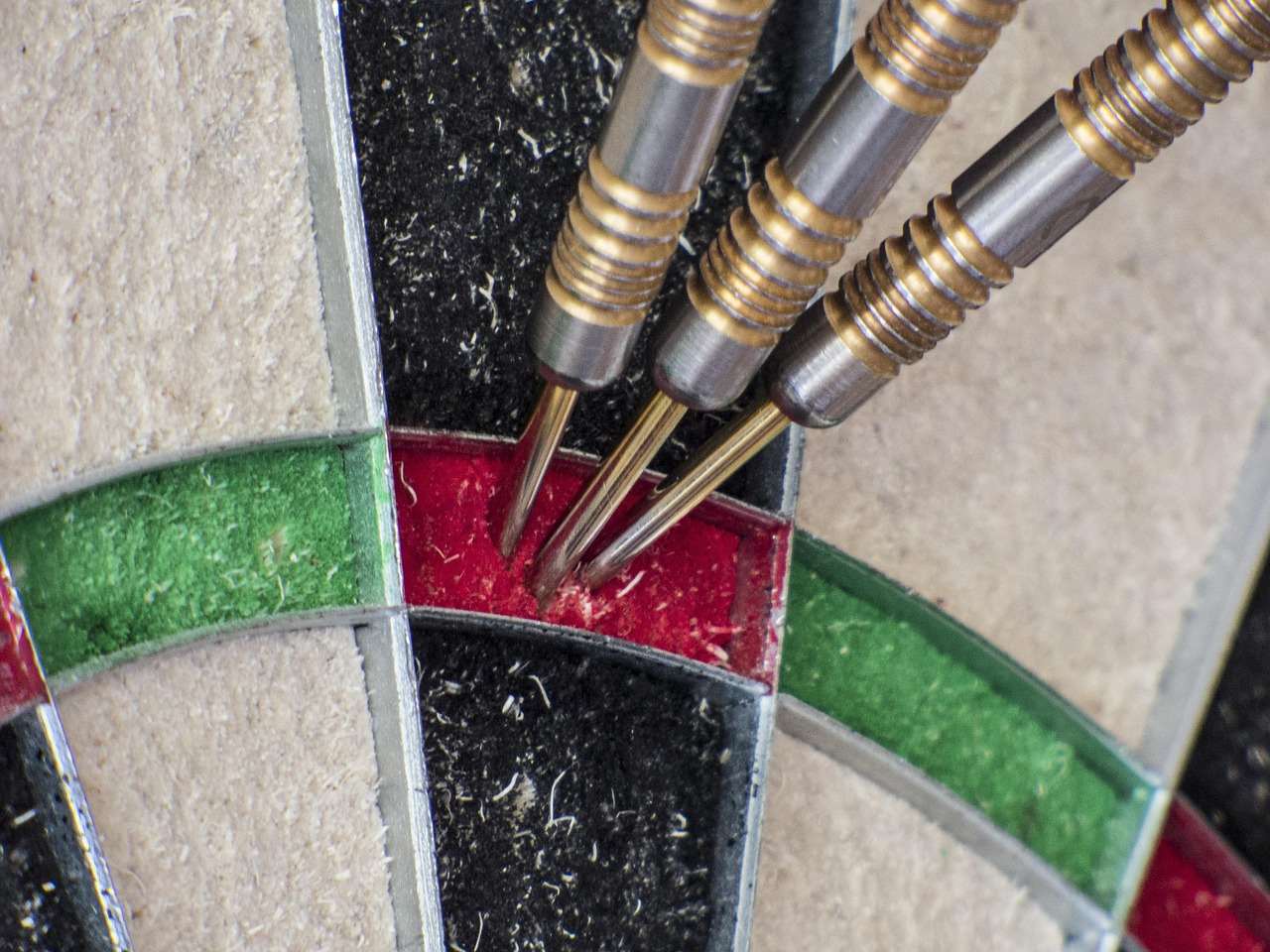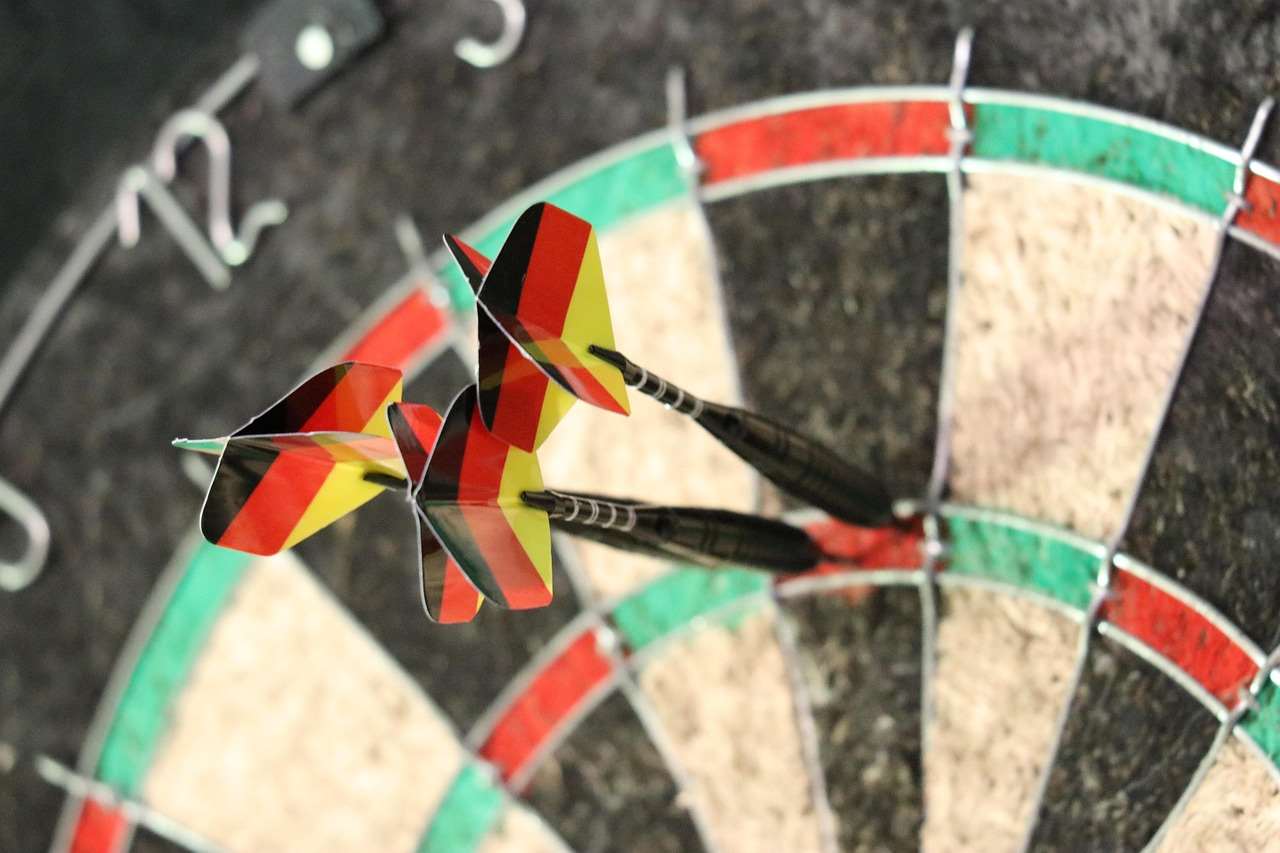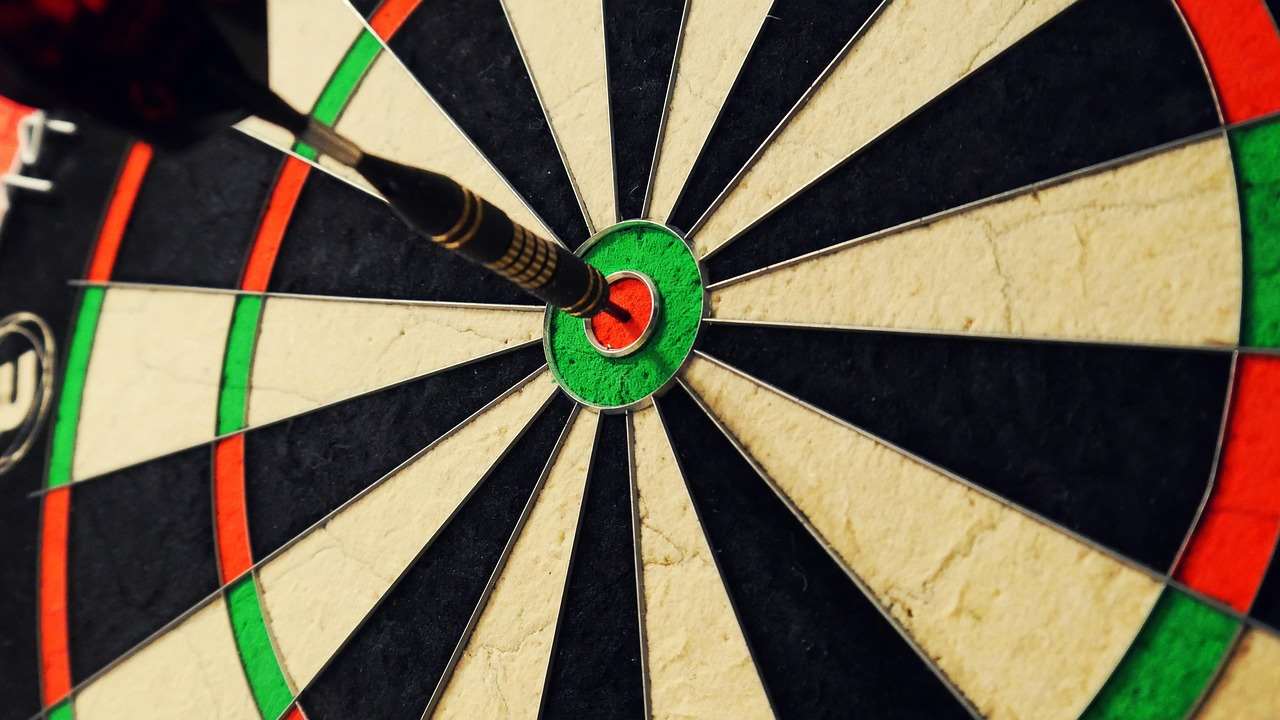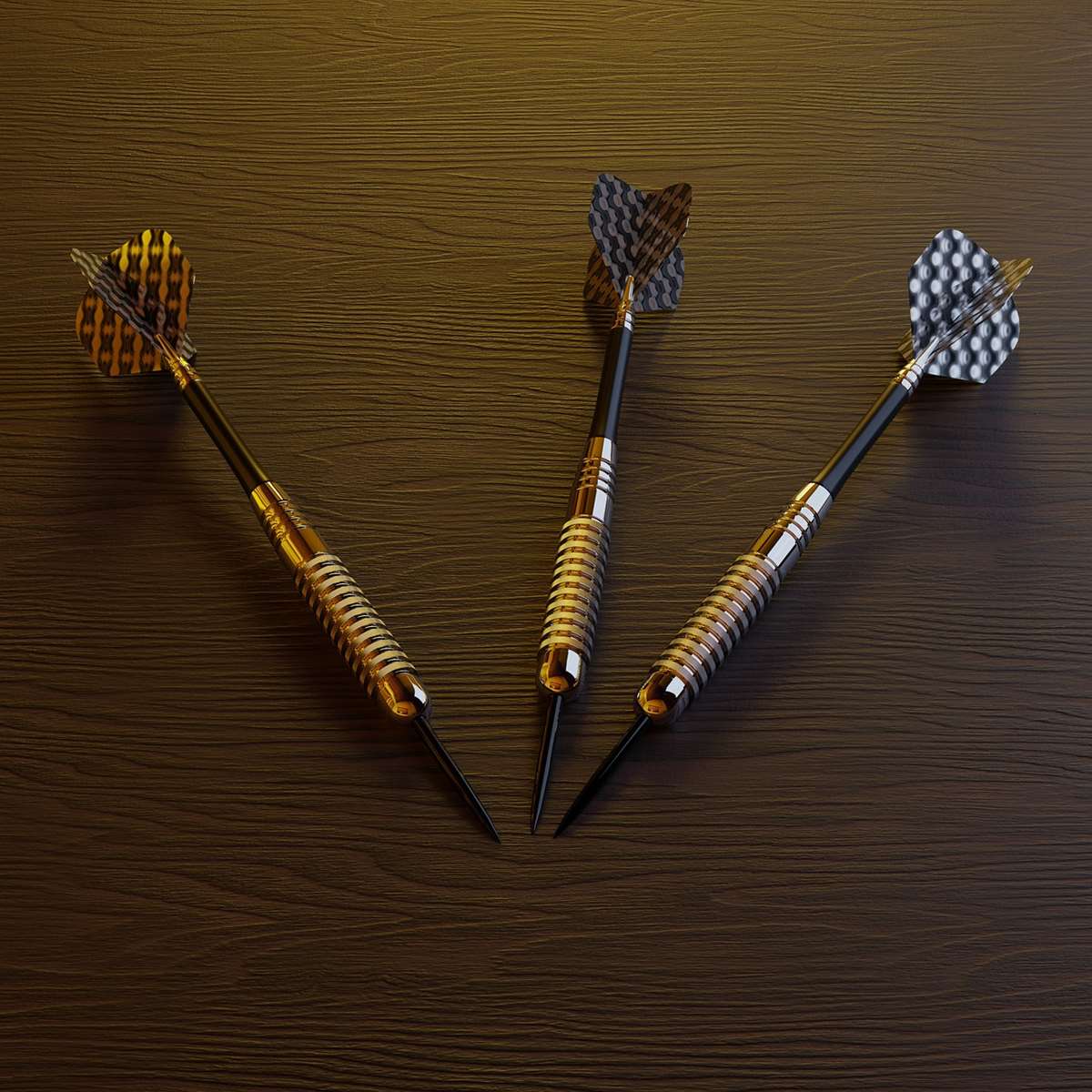Choosing the right darts shaft and flight is crucial for improving your game. The perfect combination significantly impacts your accuracy, consistency, and overall performance. This article will guide you through understanding the nuances of shafts and flights, helping you select the optimal setup for your playing style.
⚠️ Still Using Pen & Paper (or a Chalkboard)?! ⚠️
Step into the future! The Dart Counter App handles all the scoring, suggests checkouts, and tracks your stats automatically. It's easier than you think!
Try the Smart Dart Counter App FREE!Ready for an upgrade? Click above!
The selection of your darts shaft and flight is a crucial aspect of improving your game. Choosing the wrong combination can lead to inconsistent throws and lower scores, while the right one can drastically improve your accuracy and consistency. Beyond the basics of weight and material, there’s a surprising depth to understanding how these components interact to influence your throwing style and overall success.
Understanding Darts Shafts
Darts shafts are the slender connectors between the barrel and the flight. They are seemingly simple, yet their design plays a pivotal role in your throwing experience. The material, length, and even the type of shaft (standard, nylon, or aluminum) can impact your game’s stability and overall performance. For instance, longer shafts can offer more stability during flight, but they can also make your darts more prone to bounce-outs. Shorter shafts, on the other hand, provide better speed and reaction times but are more susceptible to wobble.

Consider these factors when choosing your shafts:
- Material: Nylon shafts are lightweight and flexible, often preferred by players who prioritize speed and agility. Aluminum shafts are more durable and resistant to damage, making them ideal for those who play vigorously. Standard shafts are a more affordable alternative.
- Length: Experiment with different shaft lengths to determine what feels most comfortable and accurate in your hand. A shorter shaft may be more responsive, while a longer one provides extra stability.
- Shape: Some shafts come with different profiles or shapes, which may improve grip, reduce wobble, or enhance stability during flight.
Remember, your choice of darts shaft and flight should complement your throwing style and preferences. Experimentation is key to finding the best combination that suits you. Don’t be afraid to try different shaft types and lengths until you discover what works best for your individual needs. Consider consulting with experienced players or dart professionals for additional guidance.
The Importance of Darts Flights
Darts flights are the crucial aerodynamic elements at the rear of your dart. Their primary function is to stabilize the dart’s flight, minimizing wobble and ensuring a straight trajectory towards the board. Similar to shafts, many factors influence the performance of your flights, including their material, shape, and size. The darts shaft and flight work in conjunction; the flight will only be as effective as the stability provided by the shaft.
Choosing the right flight shape is crucial for consistent performance. Standard flights are a great starting point, but other shapes, such as kite or pear flights, can offer unique benefits depending on your throwing style. Kite flights, for example, are often preferred by players who throw with a certain degree of wobble, as they help to correct the trajectory in the air. Pear flights are designed for increased stability and consistent performance.

The size of the flight also matters. Larger flights provide greater stability but may hinder your speed, while smaller flights provide less stability but allow for faster throws. Experiment to determine which size suits you best. Choosing between plastic and standard flights comes down to personal preferences.
Flight Shapes and Their Impact
- Standard Flights: These offer a balance of stability and speed, making them a popular choice among players of all skill levels.
- Kite Flights: Designed to improve stability and reduce wobble, these flights are great for players who have trouble keeping their darts on course.
- Pear Flights: Offering even greater stability than kite flights, these are ideal for players prioritizing accuracy over speed.
Choosing the Right Darts Shaft and Flight Combination
The ideal darts shaft and flight combination is highly dependent on individual playing styles and preferences. Factors such as throwing style, desired speed, and level of accuracy all play a role in the decision-making process. Some players prefer a more stable setup with a longer shaft and larger flight for improved accuracy, even if it means sacrificing some speed. Other players prioritize speed and maneuverability, opting for shorter shafts and smaller flights at the potential cost of accuracy.
A common mistake is neglecting the balance between the darts shaft and flight and the dart barrel itself. The weight and center of gravity of the barrel will influence how the whole dart behaves. An overly heavy barrel might benefit from a lighter shaft and a slightly larger flight to ensure balance. Conversely, a lighter barrel might work better with a slightly heavier shaft and a smaller flight. Experimentation is once again vital to achieving optimal performance. Remember to consider what works best for your comfort, aiming for a balanced feel that enhances your throwing consistency. You’ll get there with experimentation.

Maintaining Your Darts Shafts and Flights
Regular maintenance of your darts shaft and flight is key to extending their lifespan and ensuring optimal performance. Damaged or worn-out shafts and flights can negatively impact your accuracy, so it’s important to replace them when needed. Inspect your darts after each playing session for any signs of wear and tear. Look for cracks, bends, or deformations in the shafts or flights. Replace any damaged components immediately.
To maintain your flights, consider keeping them clean and free from sticky residue, dust and dirt. They can easily get damaged and compromise the aerodynamic performance of your dart if they are not maintained correctly.
Advanced Considerations: Weight and Balance
The weight distribution of your dart is a crucial aspect often overlooked. The combination of the barrel, shaft, and flight all contribute to the overall weight and balance of your dart. Too much weight towards the rear can make the dart feel sluggish, while excessive weight towards the front can cause inconsistent flights. Understanding the weight and balance is critical in determining the appropriate darts shaft and flight setup.
Experimenting with different shaft materials and lengths and flight sizes can dramatically change the overall weight distribution of your dart. Consider using a digital scale designed to measure minute weight differences for precision. This level of attention to detail can lead to consistent and accurate throws.

Beyond the Basics: Exploring Different Brands and Materials
The market offers a wide variety of darts shaft and flight options from various brands. Each brand may use unique manufacturing techniques and materials, resulting in variations in durability, weight, and flexibility. Researching different brands and their product lines allows you to discover materials and designs that best suit your needs and preferences. Reading darts reviews can help guide you in your choices. Different materials offer unique characteristics, influencing your dart’s overall performance.
Many players prefer to use the Free dart score app to track their results and improve their game.
Conclusion
Selecting the appropriate darts shaft and flight is a crucial step in optimizing your dart-throwing performance. By carefully considering factors such as shaft material, length, flight shape, and size, you can create a setup that complements your personal throwing style and enhances your accuracy and consistency. Remember that experimentation is key; don’t be afraid to try various combinations until you discover what works best for you. Regular maintenance and an understanding of weight distribution will help you maintain optimal performance over time. Now, go out there and improve your game!

Ready to elevate your game? Explore our extensive selection of high-quality darts shaft and flight options today! Check out the latest darts championship winner odds and maybe even get inspired to improve your own game!
Hi, I’m Dieter, and I created Dartcounter (Dartcounterapp.com). My motivation wasn’t being a darts expert – quite the opposite! When I first started playing, I loved the game but found keeping accurate scores and tracking stats difficult and distracting.
I figured I couldn’t be the only one struggling with this. So, I decided to build a solution: an easy-to-use application that everyone, no matter their experience level, could use to manage scoring effortlessly.
My goal for Dartcounter was simple: let the app handle the numbers – the scoring, the averages, the stats, even checkout suggestions – so players could focus purely on their throw and enjoying the game. It began as a way to solve my own beginner’s problem, and I’m thrilled it has grown into a helpful tool for the wider darts community.